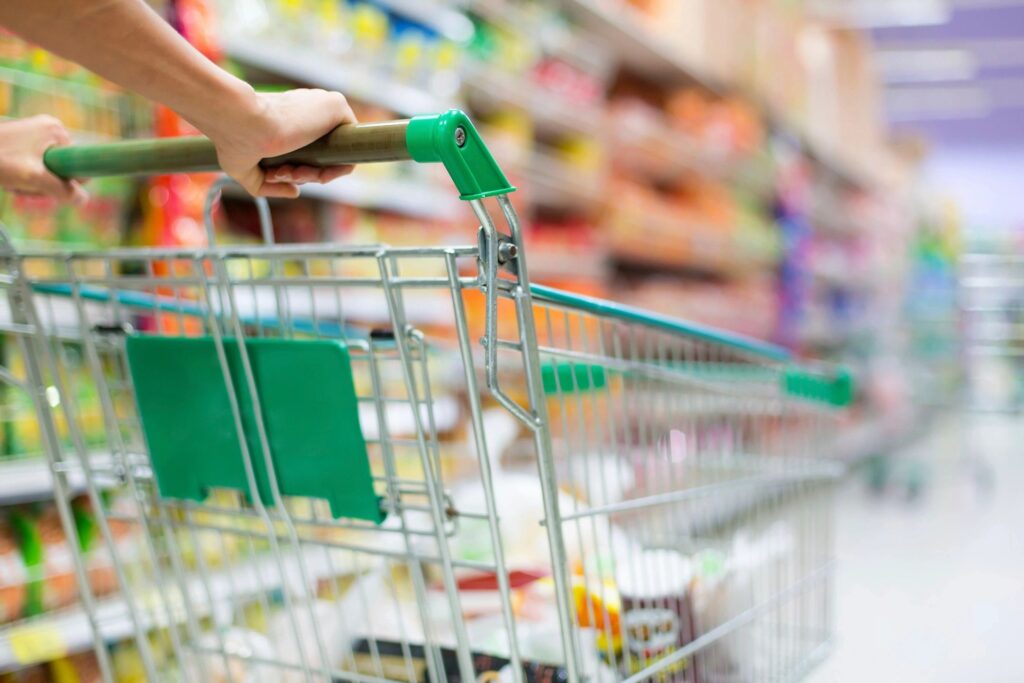Digital Out-of-Home (DOOH) advertising in supermarkets is not just a concept; it’s a potent marketing tactic that many brands are using to reach consumers in a highly effective way. As consumers make their way through the aisles, they’re exposed to digital displays that can showcase products, promotions, and brand messages in a dynamic and engaging manner. Here are several reasons why DOOH in supermarkets is proving to be a strong marketing strategy for brands.
Targeted Audience Reach
Supermarkets are hubs of high foot traffic, attracting a wide variety of demographics daily. DOOH allows for targeted messaging that can reach a diverse audience in one location. With advancements in technology, these digital displays can now utilize data analytics to present ads tailored to the time of day, customer demographics, and even the weather, ensuring that the content is relevant to those who see it.
Flexibility of Content
One of the significant advantages of DOOH is the flexibility it offers in terms of content. Advertisements can be updated in real-time without the additional cost and time associated with traditional print ads. This is particularly useful for promotions or deals that are time-sensitive or stock-dependent, allowing for dynamic pricing and inventory-driven advertising.
Point-of-Sale Advantage
DOOH located near the point of sale can influence consumer decision-making at a critical moment. With the right creative strategy, brands can sway last-minute decisions and increase impulse purchases. Moreover, placing DOOH displays near relevant products can lead to cross-promotion opportunities, such as pairing ingredients for a recipe or promoting complementary goods.
Measurable Impact
With digital advertising comes the ability to measure impact more accurately. DOOH platforms often come with tracking capabilities, enabling brands to gain insights into the number of impressions and engagement levels. This data can help marketers to refine their campaigns and improve ROI.
Enhanced Customer Experience
Supermarkets are increasingly becoming experience-centric. DOOH can contribute to this by providing entertainment, information, and even educational content to enhance the shopping experience. For instance, screens can display cooking demonstrations or recipes that utilize products from the store, thus providing value to the consumer while subtly promoting certain brands or items.
In conclusion, DOOH in supermarkets offers a wealth of benefits for brands looking to enhance their visibility and engage consumers directly at the point of purchase. Its ability to capture attention with dynamic content, the flexibility it provides, its cost-effective nature, and the enhanced customer experience it offers make it a marketing strategy that can deliver on both impact and efficiency.
As this field evolves, we can expect to see even more innovative uses of DOOH in supermarkets, further blurring the lines between digital marketing and the physical shopping experience.

